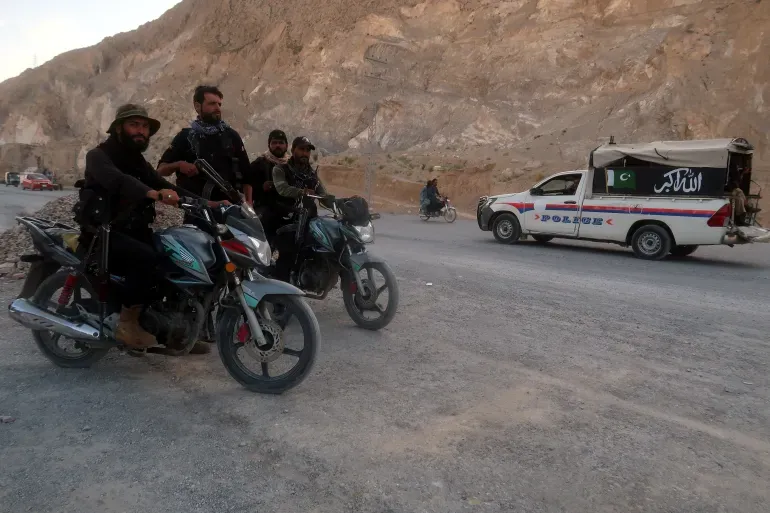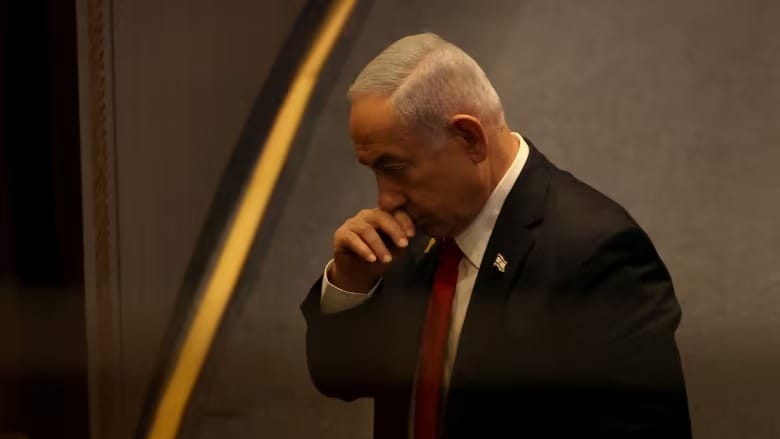In Pakistan’s Balochistan, deadly attacks rip uneasy migrant-local equation
Nearly half of at least 70 people killed in this week’s attacks were workers from neighbouring Punjab province. Why were they targeted?

For 15 years, Qadeer Aslam, a pick-up truck driver, transported goods across Pakistan, frequently traveling to Balochistan, about 400km (250 miles) west of his village near Burewala city in southern Punjab. Over time, the 32-year-old saved enough money to buy his own truck, a Hyundai Shahzore, which he used to haul fruit, vegetables, and other goods to cities in Balochistan, Pakistan's largest province by area, rich in minerals but troubled by a long-standing separatist movement.
On Sunday night, as Aslam was en route to Balochistan, armed members of the Baloch Liberation Army (BLA), a major separatist group, stopped his truck and killed him. Along with Aslam, 22 other men, all ethnic Punjabis, were pulled from their vehicles and shot dead on the highways.
Within 24 hours, six similar attacks across Balochistan claimed the lives of at least 70 people, including 35 civilians, 14 security personnel, and 21 BLA fighters.
Muhammad Tanveer, Aslam's friend and neighbor, told Al Jazeera that Aslam had recently paid off his truck and was looking forward to improving his family's living conditions. "He was focused on earning enough to support his wife, two children, and aging parents. He had been traveling to Balochistan for years and never felt any danger," said Tanveer, who runs a grocery store in Burewala.
Aslam was the only person from his village who sought economic opportunities in Balochistan. "He worked all over Pakistan, but Balochistan offered more work," Tanveer said.
Migration to Balochistan continues despite the risks of violence. After Balochistan became part of Pakistan in 1947, the southwestern province bordering Afghanistan became a center of secessionist activity. Home to nearly 15 million people, Balochistan is rich in natural resources, including oil, coal, gold, copper, and gas, but remains Pakistan’s most impoverished province. Locals believe the government in Islamabad exploits their region's resources without providing adequate benefits to its people.
This perceived exploitation has fueled separatist sentiments, with Balochistan witnessing at least five rebellions since 1947. The latest uprising began in the early 2000s, demanding a greater share of the province's resources and even independence from Pakistan. The government's military operations to suppress the movement have resulted in widespread human rights abuses, including disappearances, torture, and extrajudicial killings, leading to thousands of deaths over the decades.

Much of the government's response has focused on securing Chinese interests. Nearly a decade ago, China announced the $62bn China-Pakistan Economic Corridor (CPEC) infrastructure project, with Balochistan's Gwadar deep-sea port as its crown jewel. The Chinese investment generated jobs and economic opportunities in the region, attracting workers from other parts of Pakistan. Baloch separatists have opposed this migration, frequently targeting Chinese professionals, Pakistani law enforcement officials, and civilians.
A significant portion of the nearly 30 civilians killed in the attacks on Sunday and Monday were from southern Punjab, a region bordering Balochistan with a predominantly Seraiki population.
Senior journalist Shahzada Zulfiqar, who has extensively covered Balochistan, told Al Jazeera that economic opportunities draw people from Punjab and other parts of Pakistan to the province. Many traders in Balochistan have also migrated from neighboring Iran. "Despite the risks, people continue to come here for work, whether they are traders, masons, or barbers," Zulfiqar said.
One such laborer, Muhammad Habib, a barber from a village near Rahim Yar Khan town in southern Punjab, moved to Quetta, Balochistan's capital, a year ago. His business is on Prince Road, lined with barbershops mostly run by people from Punjab. "Despite the risks, I chose to work in Balochistan because wages are better here," Habib said, adding that he earns an average of 1,200 rupees ($4.31) a day in Quetta, compared to about 400 rupees ($1.44) back home.
Like Habib, many others from Punjab's cities, such as Lahore and Gujranwala, have moved to Balochistan for better economic opportunities. "Our parents know about the previous attacks on Punjabi laborers in Balochistan and tried to stop us, but we need to earn for our families," Habib said.
Zulfiqar noted that many Baloch people are also moving to other parts of Pakistan, leading to a slow but significant change in social attitudes within Balochistan. "They are sending their children to Karachi, Lahore, and Islamabad to study. Family dynamics are changing, and there is a growing awareness and eagerness for upward social mobility," he said.

However, many in Balochistan continue to harbor deep resentment over the perceived exploitation of their region and its resources. Imtiaz Baloch, a researcher at The Khorasan Diary, a nonpartisan platform run by journalists, noted that large projects in Balochistan, particularly CPEC and mining operations, are labor-intensive and attract workers from outside the province. "These projects are also prime targets for Baloch separatist groups, which view them as plunderers of their resources without their consent, leading to attacks," he said.
Baloch rights activist Sammi Deen Baloch, whose father has been missing for 15 years, acknowledged that the recent bloodshed has created an atmosphere of uncertainty in the province, particularly for those who advocate peaceful protests against the federal government. Deen also expressed concern about a potential heavy-handed response by the government, citing past operations that led to human rights abuses. "After every major attack, the state has killed people in custody in fake encounters, claiming they were terrorists. This approach will only worsen the situation, pushing the people of Balochistan into further deprivation," she told Al Jazeera.





